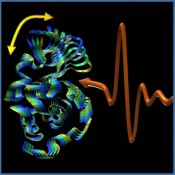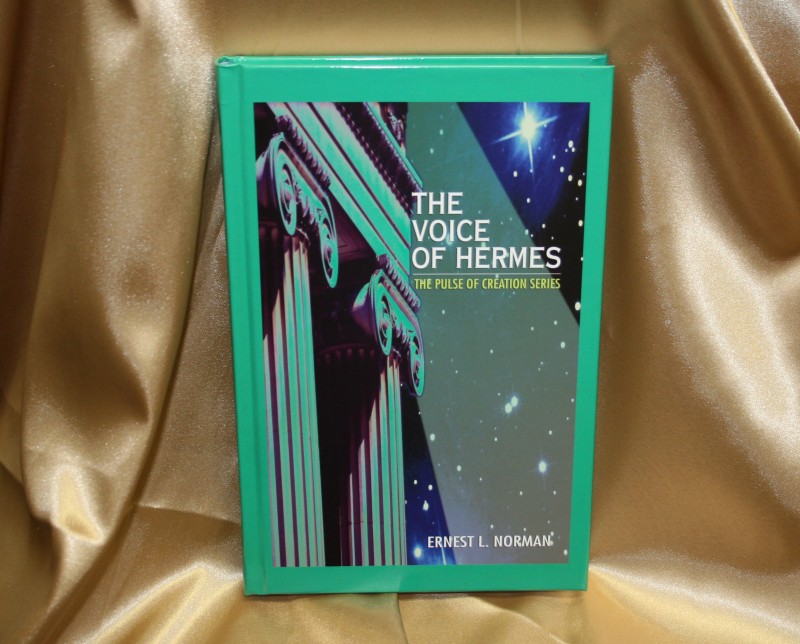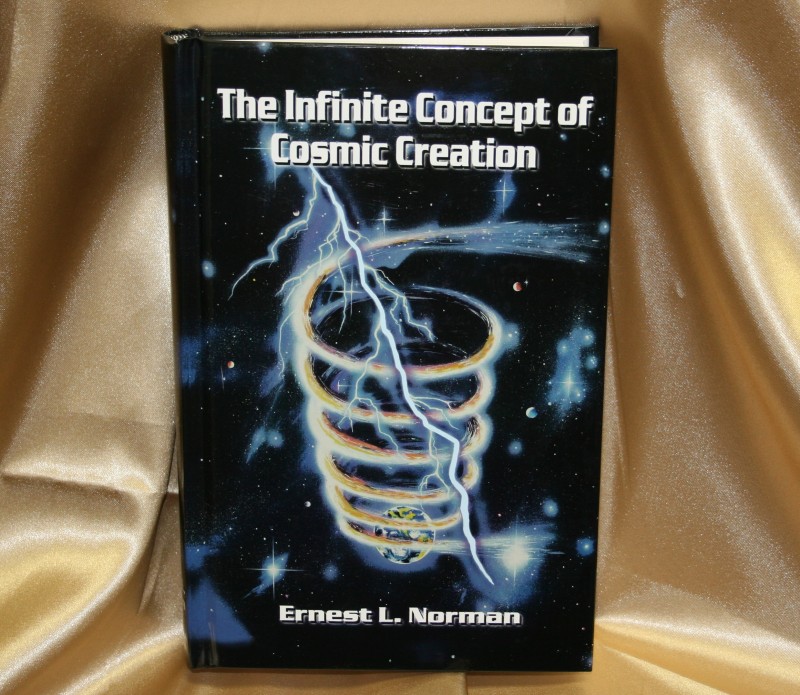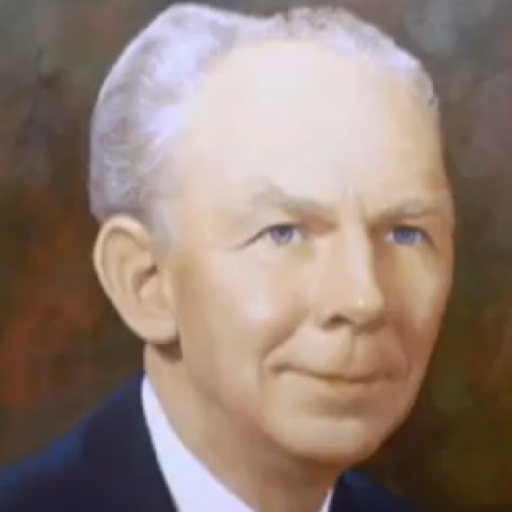Proteins Vibrate ‘Like A Ringing Bell’; Technique Helps Them To Shape-Shift And Perform Vital Functions

“Using a new imaging technique they developed, scientists have managed to observe and document the vibrations of lysozyme, an antibacterial protein found in many animals. This graphic visualizes the vibrations in lysozyme as it is excited by terahertz light (depicted by the red wave arrow)
Scientists have long-suspected that proteins in the human body “vibrate “in various patterns; new research may provide the “first conclusive evidence” supporting that theory.
A research team employed a technique called “terahertz near-field microscopy” to observe antibacterial proteins, dubbed “lysozymes,” in all their vibrating glory, a University at Buffalo news release reported.
In the past researchers believed protein vibrations would quickly dissipate; these observations reveal the phenomenon actually continues on in molecules like the “ringing of a bell.”
The function of these tiny vibrations is to help proteins “shape-shift” which makes it easier for them to bind to their protein peers. This process is essential for bodily biological functions such as DNA replication and oxygen absorption.
“People have been trying to measure these vibrations in proteins for many, many years, since the 1960s,” study leader and UB physics professor Andrea Markelz, PhD said in the news release. “In the past, to look at these large-scale, correlated motions in proteins was a challenge that required extremely dry and cold environments and expensive facilities.”
Our technique is easier and much faster,” she said. “You don’t need to cool the proteins to below freezing or use a synchrotron light source or a nuclear reactor — all things people have used previously to try and examine these vibrations.”
In order to study the miniscule movements the team exposed samples of the proteins to different polarizations and frequencies of light. They then measured which types of light the proteins appeared to absorb. The groundbreaking technique was designed by UB’s own Edward Snell, a senior research scientist at HWI and assistant professor of structural biology.
Through these observations the researchers were able to see how the vibrations behaved under normal biological conditions and determine they lasted for longer than expected.
“If you tap on a bell, it rings for some time, and with a sound that is specific to the bell. This is how the proteins behave,” Markelz said. “Many scientists have previously thought a protein is more like a wet sponge than a bell: If you tap on a wet sponge, you don’t get any sustained sound.”
In the future the researchers hope to use the revealing technique to see how proteins are blocked from performing their essential functions by both artificial and natural inhibitors.
“We can now try to understand the actual structural mechanisms behind these biological processes and how they are controlled,” Markelz said.
“The cellular system is just amazing,” she said. “You can think of a cell as a little machine that does lots of different things — it senses, it makes more of itself, it reads and replicates DNA, and for all of these things to occur, proteins have to vibrate and interact with one another.”
Posted by: Sunny Lynn
Tagged with: Voice of Eros


























Dear Sunny Lynn,
Great article…Thanks for posting. It seems that gradually the scientists are learning and able to prove what Dr. Norman said years ago, that everything is energy, and therefore has vibration. Next they need to figure out that the intelligence which directs the cells to self reproduce, replicate DNA, and form other kinds of cells, comes from a higher dimensional source. That’s the discovery which would surely ‘ring my bell’.
Love and Light to you Sunny Lynn…….Ken
Ken – Good to see your comment. You are indeed correct about their need to cross that invisible barrier to include the Higher Dimensional factors in order to make sense of the molecular relationships which make life possible in this dimension.